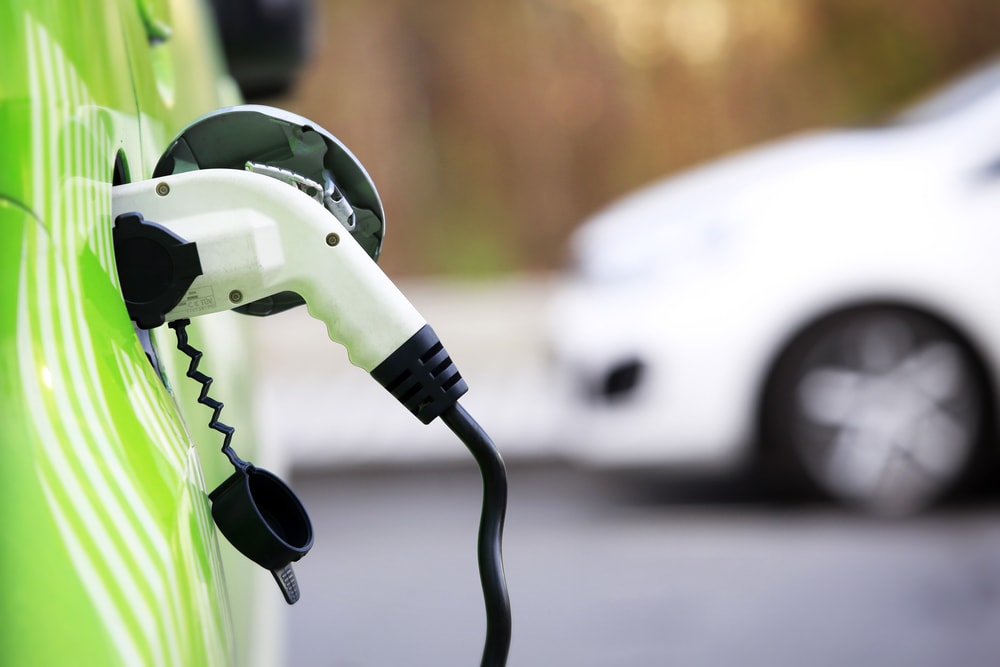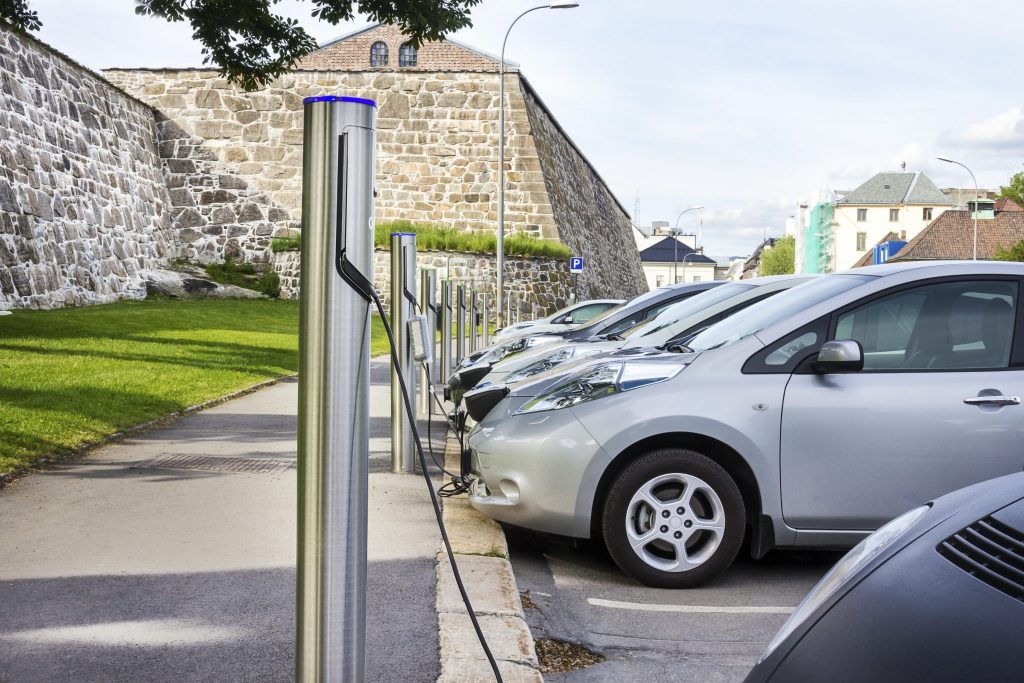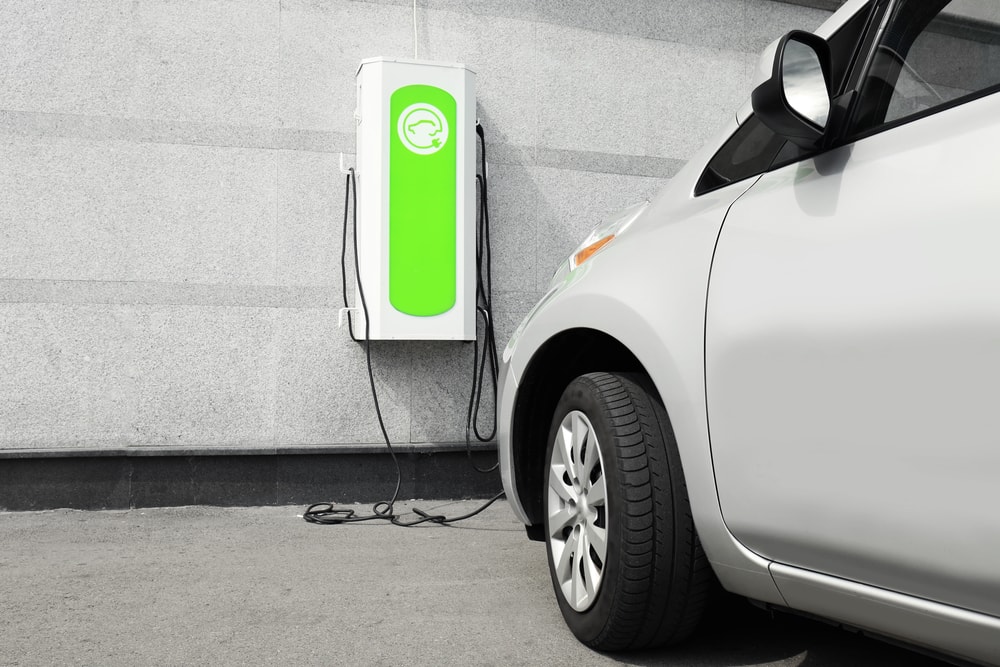Get this deal! Call now.
Speak with a vehicle protection plan specialist and get $300 off any new contract instantly.
Call 866-678-4172
It’s no secret that many new vehicle buyers find the starting price for electric cars to be too high for their liking. However considering the savings on fuel not to mention the tax incentives you can easily shave the price down reasonably well. Electric vehicles, sometimes called EVs or “Zero Emissions” cars, are inherently more efficient that traditional gasoline-powered cars. Depending on where you live you could potentially save upwards of thousands of dollars using electricity as opposed to buying gasoline for a standard combustion engine vehicle. And if you aren’t already sold on the idea of buying an electric vehicle, most EVs are praised for being easy to maintain and repair as well.
However, it comes down to depreciation is where Electric Vehicle owners lose. According to Forbes, electric vehicles typically lose more than $5,700 off their original value per year of ownership. That means about $28,500 off their original price after five years compared to an average of less than $16,000 over five years across traditional vehicle types.

The auto club AAA performed a study and separated hybrids and electric vehicles (EVs) from each other. They then found that while both vehicle classes come with below average operating costs, higher than average depreciation for EVs mean they cost significantly more than hybrids over a five-year/15,000-mile-per-year estimation used in the study.
What AAA did was calculate the total operating costs per mile. Then AAA went on to add that value with per-day/yearly ownership costs. That is how they came to a sum for total driving costs. When it comes to the total operating costs, EVs have the advantage over gasoline cars and hybrids. The idea of not dealing with fuel costs is absolutely one of the biggest incentives for buying an electric car.
The US national average electricity cost is 12.6 cents per kilowatt-hour while current model electric vehicles only costs about 3.7 cents per mile on average to fully charge. That’s but a fraction of the market average of 10.3 cents per mile for gas-powered vehicles.

Buyers of electric vehicles can find themselves not only paying less, but also minimizing high depreciation costs by opting for a used electric vehicle model. That’s the other side to this issue. The second or third owner of an electric car saves more money than the first. Although it should be noted that EV’s that are used tend to have shorter charge capacity and range than a new one.
The other way to save money is to lease instead of buying. Some states push for Zero emissions mandates. That makes leasing an electric car comes open to many built in bargains. They subsidize the resale of EVs too.

The combination of incentives, low gas prices, and decreasing sticker prices are why the value for EVs goes downward. The technology advances quickly. There’s also the matter of range anxiety. When owners resell the car, the model will have less range then when it was new.
So far only Tesla exists as the major exception. Tesla has built their business around long driving-range ratings for its models, but also less dependence on buyer incentives. They also have the advantage of their own network of Supercharger hardware in addition to wirelessly transmitted updates. Tesla vehicles tend to even do better during resale than many gas-powered cars, due to the exclusivity of the brand.

Calling the U.S. auto market of the past few years “unusual” is an understatement. The effects of the COVID-19 pandemic, manufacturing slow-downs, and low inventories have challenged car buyers. The..

For many car enthusiasts around the world, finally saving up enough money to purchase a luxury car is a huge goal in life. Whether that new car is manufactured by..

With the annual cost of car ownership only ever on the increase, it isn’t surprising that so many drivers are investing in extended warranties. After all, why empty your wallet..

Your protection is our top priority. Your quote is in progress and you will
receive a confirmation
email shortly.

We're here to make sure you get the most comprehensive EV protection. That's why we've partnered with Xcelerate Auto to offer you transparent and dependable Tesla coverage.
Want us to contact you about XCare coverage for your Tesla?



Sign up and get $300 off your new contract!
By clicking the button, you consent to Endurance using automated technology to call, email, and text you using the contact info above, including your wireless number, if provided, regarding auto protection or, in California, mechanical breakdown insurance. You also agree to the Endurance Privacy Policy and Terms and Conditions. Consent is not a condition of purchase, and you can withdraw consent at any time. Message and data rates may apply.
Speak with a vehicle protection plan specialist and get $300 off any new contract instantly.
Call 866-678-4172

Simply fill out the information below and we will follow up fast with your free no-obligation quote.
By clicking the button, you consent to Endurance using automated technology to call, email, and text you using the contact info above, including your wireless number, if provided, regarding auto protection or, in California, mechanical breakdown insurance. You also agree to the Endurance Privacy Policy and Terms and Conditions. Consent is not a condition of purchase, and you can withdraw consent at any time. Message and data rates may apply.
Alex has worked in the automotive service industry for over 20 years. After graduating from one of the country’s top technical schools, he worked as a technician achieving a Master Technician certification. He also has experience as a service advisor and service manager. Read more about Alex.